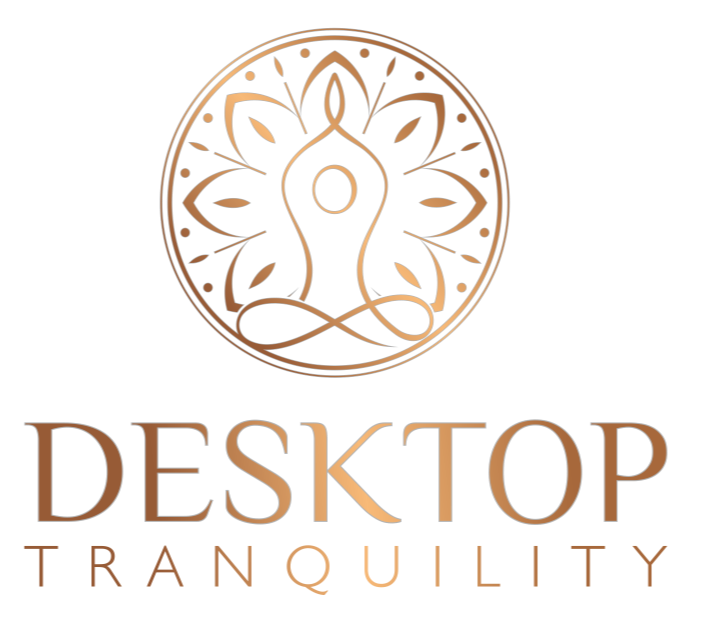An Introduction to Desktop Terrariums
Have you ever wanted to bring a little piece of nature into your workspace or home but don't have the space for a full garden or outdoor setup? Consider creating a desktop terrarium! These miniature gardens are easy to create, don't take up much room, and come with numerous benefits.
In this article, we’ll review what a terrarium is, the benefits of creating one, how to create a desktop terrarium, and how to maintain it once it's set up.
What is a Terrarium?
A terrarium is a sealed or open container used to grow and display small plants. Terrariums first became popular in the 1970s and are still popular today. There are many types of terrariums, including open and closed varieties, desert and rainforest terrariums, and even miniature landscapes with tiny replicas of trees or mountains.
Benefits of Desktop Terrariums
Desktop terrariums come with many benefits. Studies have shown that plants have a calming effect on people and can reduce stress and improve mood. Additionally, plants can improve air quality by removing toxins and producing oxygen. Finally, terrariums can add aesthetic value to a desktop or living space and can act as a conversation starter.
How to Create a Desktop Terrarium
Creating a desktop terrarium is easy and requires minimal materials. Begin by selecting a container that is clear, such as a glass jar, vase, or bowl. Then select the plants you wish to use based on their lighting requirements and soil type needed. Succulents and cacti are popular choices because they require low-maintenance and dry soil. For a rainforest terrarium, select ferns, moss, and other small plants that love to be humid.
Once you have selected your container and plants, add a layer of rocks at the bottom for drainage. Then add a layer of soil and plant your plants. Finally, add any accessories you'd like, such as miniature figurines or tiny globes, for an added touch of whimsy.
Maintenance
Desktop terrariums require little maintenance, but it’s important to follow a few guidelines. Water your plants according to their requirements, if you're not sure, you can research the needs of your specific plant. Be careful of overwatering, as stagnant water can cause the soil and plants to mold. Finally, prune your plants as necessary, and clean the inside of the container regularly from any debris or fungal growth.
Final Thoughts
In conclusion, creating a desktop terrarium is an easy and rewarding experience. Not only does it add a little green to your space, but it also comes with numerous benefits. The benefits of desktop terrariums include reducing stress and improving air quality. Knowing the right materials and tips, everyone can create their own desktop terrarium. Give it a try, and watch your mood and productivity improve with the beauty of nature on your desk!



